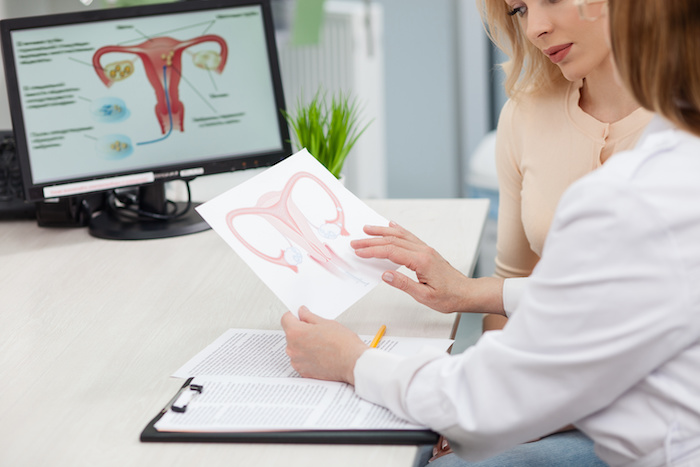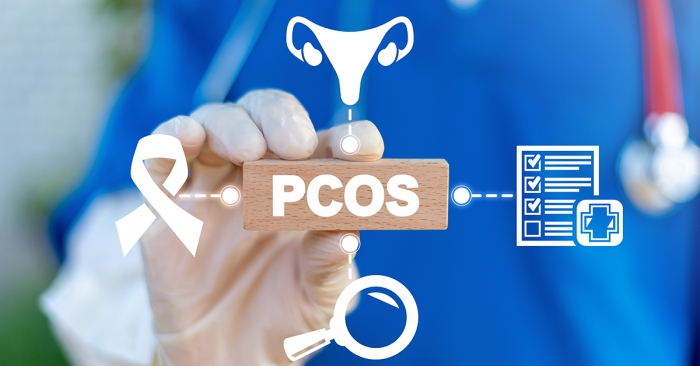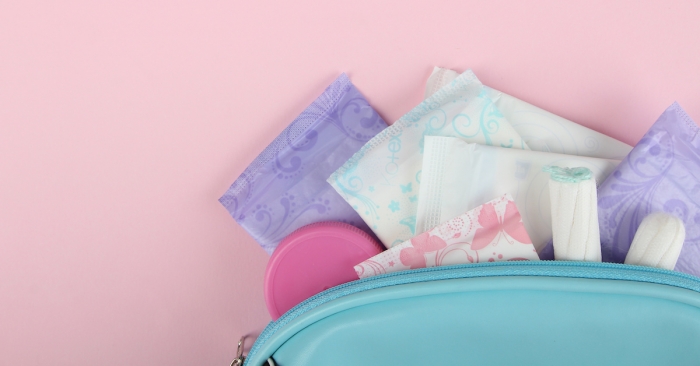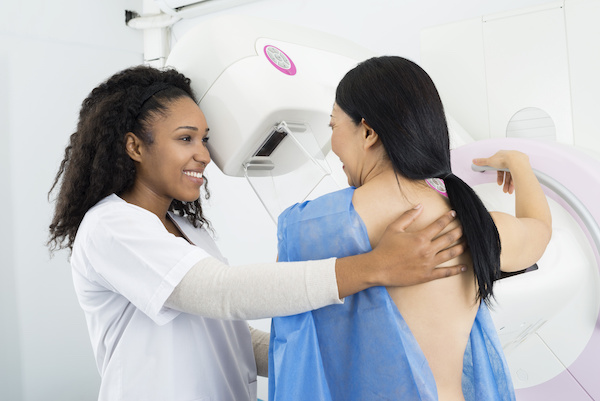Cancer is a health condition that impacts almost everyone in some way or another during their lifetime. For women, certain forms of cancer are more common. It can be challenging to understand each one. A general guide to cancer screenings is an excellent resource for staying on top of your health.
A Guide To Cancer Screenings
At Raleigh OB/GYN, we understand that it may seem overwhelming to consider each of these cancer screenings at once. However, the best way to stay healthy is to be aware of your health, especially when age can play a role in the possibility.
A vital factor to consider when considering cancer screenings is family health history. If someone in your family has experience with cancer, this can lead to you considering screening earlier than someone who does not have that same genetic connection. This is essential information to share with your doctor.
Breast Cancer
Breast cancer is the most common form of cancer women face. According to the Centers For Disease Control and Prevention, breast cancer screening means checking a woman’s breasts for cancer before there are any signs of the disease. While screening does not prevent breast cancer, it does provide earlier detection that can make treatment more accessible.
The primary screening test for breast cancer is a mammogram. A mammogram is an X-ray of the breast. This test is the most effective way of finding breast cancer early. Women are typically advised to begin getting annual mammograms at 40 to 44 years old. However, if there is a history of breast cancer in the family, it will be advised to start earlier.
Cervical Cancer
Cervical cancer is commonly caused by a mutation of HPV (human papillomavirus). HPV is a sexually transmitted infection. While there are vaccines against HPV to consider as a defense against cervical cancer, screenings are also a consideration.
A pap smear is the most common way to screen for cervical cancer. According to the American College of Obstetricians and Gynecologists, once you reach the age of 21, you should begin to have a pap test every three years unless you experience an abnormality during a test. This is the best way to detect cervical cancer early.
Ovarian Cancer
Ovarian cancer typically affects women later in life, although it is not impossible to have it at a younger age. There are no standard screening tests for ovarian cancer. However, if you began to have symptoms commonly associated with ovarian cancer, the medical professional would go to blood tests or even an ultrasound to determine if you have ovarian cancer.
Colorectal Cancer
While colorectal cancer can be just as common as other cancers women can face, it has a very straightforward screening process – a colonoscopy. An individual’s health factors can determine the frequency of receiving a colonoscopy. Once a patient turns 50, it is advised to receive one every ten years. However, if past health concerns impact the matter, a patient may be advised to receive them more frequently.
Uterine Cancer
Uterine cancer is another form of cancer that does not have direct screening techniques. A common misconception is that pap smears to test for uterine cancer, but they do not. This means that it is even more important to pay attention to possible symptoms and warning signs that you may encounter. If you notice these, your doctor may perform an endometrial biopsy or a transvaginal ultrasound. If the symptoms persist, the doctor may recommend a more specialized doctor or run more tests.
About Raleigh OB/GYN Centre
Raleigh OB/GYN has over 45 years of experience serving the women in our communities. We commit to your care in each stage of life. If you are looking to schedule cancer screenings for your gynecological needs, we are here to help. Schedule an appointment through our website or give us a call at (919) 876-8225.











